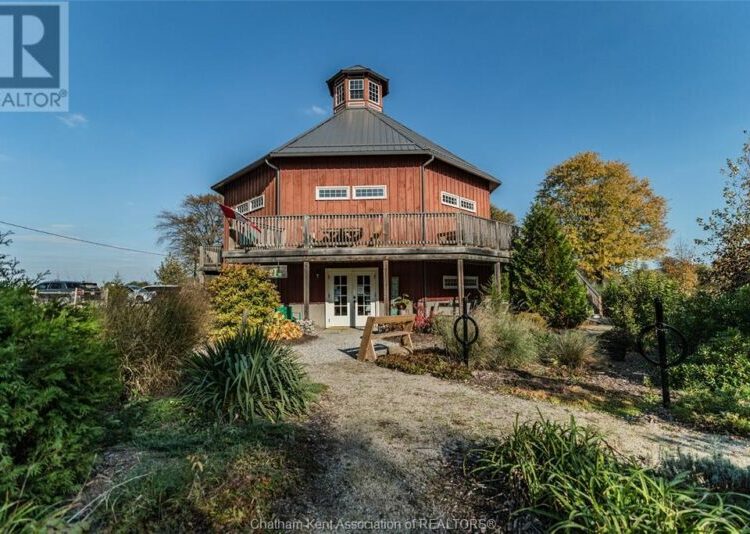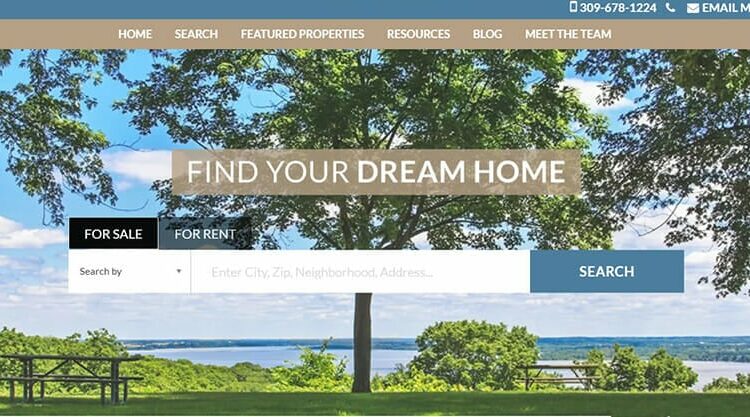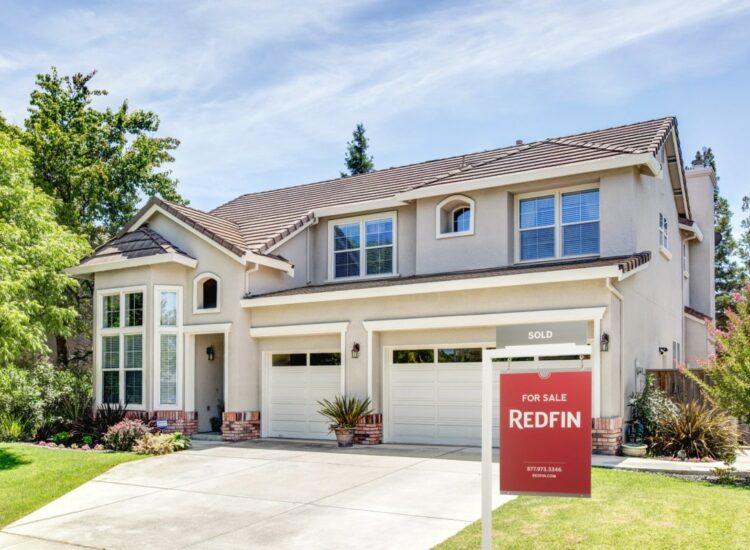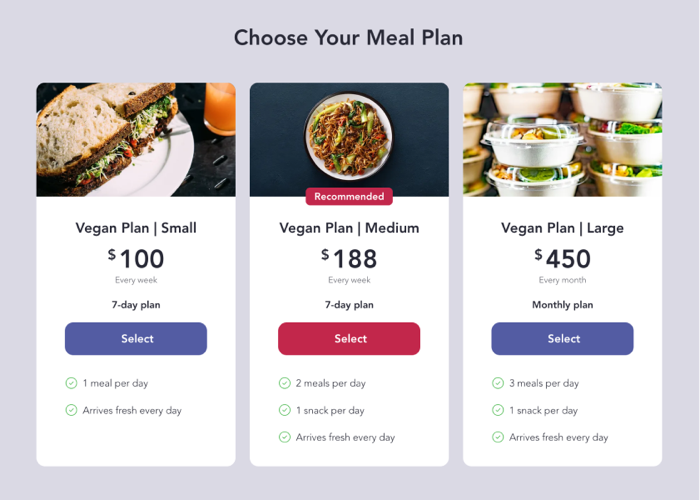Remember the days of sifting through endless print listings and relying on word-of-mouth referrals? The digital age has revolutionized the real estate landscape, with websites now playing a central role in connecting buyers and sellers. The best real estate website designs transcend simple online brochures they are dynamic platforms that harness technology to streamline the search experience, offer insightful information, and cultivate trust with users.
Toc
- 1. The Importance of a Well-Designed Real Estate Website in 2024
- 2. The Essential Elements of the Best Real Estate Website Designs
- 3. Related articles 01:
- 4. Leveraging the Best Real Estate Website Designs to Grow Your Business
- 5. Examples of Top-Performing Real Estate Website Designs
- 6. Related articles 02:
- 7. Frequently Asked Questions
- 8. Conclusion
The Importance of a Well-Designed Real Estate Website in 2024

In today’s digital-centric world, a well-designed real estate website can make all the difference in attracting and converting leads. With 51% of homebuyers first discovering their purchased property online, according to the National Association of Realtors, it’s clear that your online presence is crucial for success.
A top-notch real estate website not only establishes your credibility and professionalism but also serves as a powerful lead generation tool. By prioritizing user experience, incorporating advanced search functionality, and showcasing your properties with high-quality visuals, you can create a seamless online journey that builds trust and encourages users to take action.
Moreover, a well-structured and SEO-optimized real estate website can significantly improve your visibility in search engine results, making you more accessible to potential clients in your local market. This, in turn, can lead to increased brand awareness, higher lead conversion rates, and ultimately, more successful real estate transactions.
As technology continues to evolve, the real estate industry must adapt to meet the changing needs of consumers. The rise of mobile devices, social media, and online search has transformed how buyers and sellers interact with real estate professionals. Today, a significant portion of the home-buying journey begins online, which means having an effective digital presence is no longer optional; it’s essential.
The best real estate website designs reflect this shift by integrating user-friendly features and tools that cater to the modern consumer. From virtual tours to interactive neighborhood maps, these elements enhance the user experience and provide valuable insights that can influence purchasing decisions.
The Essential Elements of the Best Real Estate Website Designs

To create a real estate website that truly stands out, it’s essential to focus on the following key elements:
1- Intuitive Search Functionality
The backbone of any great real estate website is its search functionality. The best real estate website designs offer advanced search filters, interactive map views, and customizable search criteria, allowing users to quickly and easily find properties that match their specific needs. This not only enhances the user experience but also increases the likelihood of converting leads into clients.
- Advanced Search Filters: Users should be able to filter properties by various criteria, such as price range, number of bedrooms, location, and property type. This granular control allows buyers to hone in on exactly what they’re looking for.
- Interactive Maps: Incorporating maps that allow users to visualize property locations can significantly enhance the search experience. Users can zoom in on specific neighborhoods, view nearby amenities, and get a better sense of the area.
- Saved Searches and Alerts: Allowing users to save their search criteria and receive email alerts when new properties matching their preferences become available can keep them engaged and encourage them to return to your site regularly.
Beyond basic filters, advanced search features like ‘open houses near me’ or ‘properties with a specific school district’ can attract users seeking more specific information. For example, websites like Redfin utilize ‘walk score’ data, a metric that quantifies a location’s walkability, allowing users to prioritize neighborhoods based on their lifestyle preferences.
2- High-Quality Images and Videos
Showcasing your properties with stunning visuals is crucial in the real estate industry. The top real estate website designs feature high-resolution images, 360-degree virtual tours, and even drone footage to provide prospective buyers with a comprehensive and immersive view of the available listings. These captivating visuals can help set your website apart and leave a lasting impression on your audience.
- Professional Photography: Investing in high-quality photography is essential. Photos should highlight the best features of each property and create an emotional connection for potential buyers.
- Virtual Tours: Offering interactive 360-degree virtual tours allows users to explore properties from the comfort of their own homes. This feature can significantly increase engagement and interest in a listing. In 2023, 3D virtual tours have become increasingly popular. These immersive experiences allow users to virtually walk through a property, providing a more realistic and engaging preview than traditional 2D photos. Platforms like Matterport and iStaging specialize in creating these 3D tours, enabling real estate agents to showcase properties to a wider audience.
- Video Content: Creating short, engaging videos that highlight the unique features and benefits of each property can help capture the attention of potential buyers and provide a more dynamic viewing experience.
While high-quality visuals are crucial, some argue that overly-produced photos and videos can create unrealistic expectations for buyers. Authenticity and transparency are also essential. Some real estate websites prioritize showcasing properties in their natural state, relying on high-resolution photos and videos that capture the property’s true character.
1. https://langdongtamhon.blog/the-secret-formula-to-becoming-a-best-real-estate-salesperson/
3. https://langdongtamhon.blog/the-best-real-estate-classes-online-for-aspiring-agents-in-california/
4. https://langdongtamhon.blog/real-estate-agents-top-navigating-the-luxury-market/
5. https://langdongtamhon.blog/unlocking-the-secrets-to-becoming-the-best-real-estate-agents/
3- Detailed Property Information
In addition to captivating visuals, the best real estate website designs offer comprehensive property details, including floor plans, neighborhood data, school ratings, and any unique features or amenities. By providing users with a wealth of information, you can help them make informed decisions and build trust in your expertise.
- Comprehensive Descriptions: Detailed descriptions should include key features, amenities, and any recent renovations. The more information you provide, the more confident buyers will feel in their decision-making process.
- Neighborhood Insights: Offering insights into the local community, such as school ratings, crime statistics, and nearby amenities, can help buyers understand the area better and feel more comfortable making a purchase.
4- User-Friendly Navigation
A real estate website’s navigation should be intuitive and seamless, allowing users to effortlessly explore listings, access relevant information, and engage with your brand. Look for websites with clear menus, responsive design, and prominent call-to-action buttons to ensure a positive user experience across all devices.
- Clear and Concise Menus: Use straightforward menus that make it easy for users to find the information they need without feeling overwhelmed.
- Responsive Design: In a world where users access websites on various devices, ensuring your site is mobile-friendly is crucial. A responsive design adapts to different screen sizes and maintains usability.
- Prominent Calls-to-Action: Use clear and compelling CTAs throughout your website to guide users toward taking action, whether that’s contacting an agent, scheduling a showing, or signing up for a newsletter.
5- Secure and Reliable Platform
In an era of heightened data privacy concerns, a real estate website must prioritize security and reliability. Users should feel confident that their personal information and browsing activity are protected, and that the website will load quickly and function smoothly across all devices.
- SSL Certificate: Implementing an SSL certificate is essential for encrypting data transmitted between your website and users’ browsers, ensuring security and privacy.
- Fast Loading Times: Optimize your website for speed to ensure a smooth user experience. Slow-loading pages can lead to high bounce rates and lost opportunities.
- Regular Maintenance: Performing regular website maintenance helps prevent downtime and ensures optimal performance. This includes updating software, fixing broken links, and refreshing content.
Leveraging the Best Real Estate Website Designs to Grow Your Business
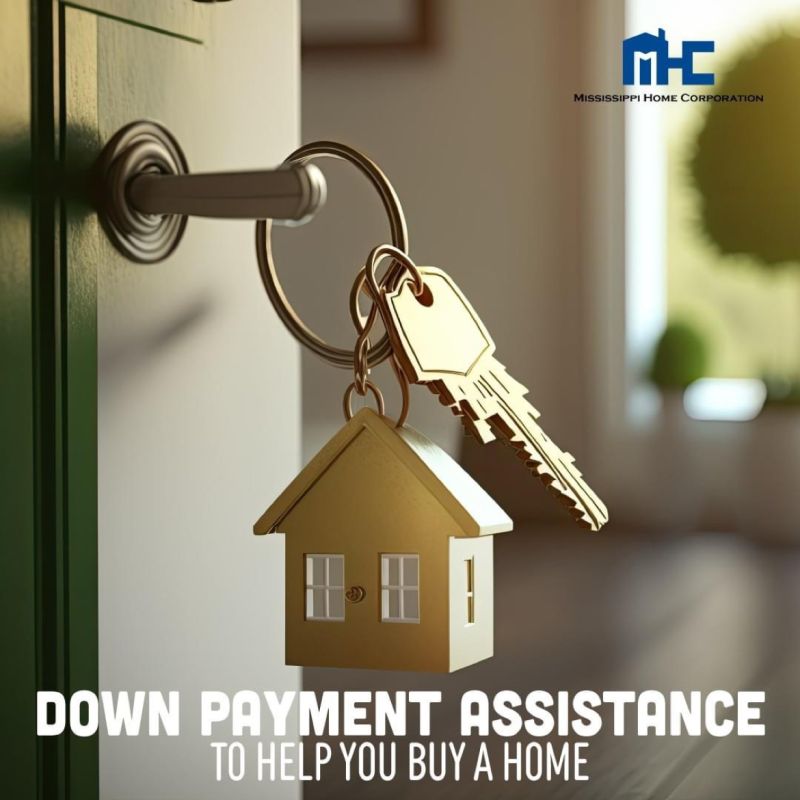
By incorporating these essential elements into your real estate website, you can create a powerful online presence that not only attracts more leads but also helps you build trust and credibility with your target audience. Here are some key ways to leverage the best real estate website designs to grow your business:
Optimize for Search Engine Visibility
Ensure your website is optimized for search engines by conducting thorough keyword research, implementing on-page SEO best practices, and building a strong backlink profile. This will help your website rank higher in search results, making it more accessible to potential clients in your local market.
- Keyword Research: Identify relevant keywords that your target audience is using to search for properties online. Incorporate these keywords naturally into your content.
- On-Page SEO: Optimize your website content, meta descriptions, and headings for your target keywords. This helps search engines understand your content and improves your chances of ranking higher.
- Local SEO: Optimize your website for local searches by including location-specific keywords and creating a Google My Business listing to enhance your local visibility.
- Voice Search Optimization: Optimize for voice search by incorporating long-tail keywords and natural language phrases that users might speak when searching for properties. Tools like Google Search Console can help you identify popular voice search queries.
Provide a Seamless User Experience
A user-friendly website with intuitive navigation, responsive design, and engaging visuals can significantly improve the overall user experience. This, in turn, can lead to higher engagement, increased lead conversion rates, and stronger brand loyalty.
- User Testing: Conduct user testing to identify areas where users may struggle and make necessary adjustments to improve usability.
- Feedback Mechanisms: Implement feedback forms or surveys to gather user opinions on their experience and identify areas for improvement.
Showcase Your Expertise and Trustworthiness
By offering comprehensive property details, neighborhood insights, and other valuable resources, you can position yourself as a trusted real estate expert, building credibility and positioning your brand as a go-to destination for homebuyers and sellers.
- Content Marketing: Create valuable content, such as blog posts, market analyses, and guides, to educate your audience and establish your expertise in the field.
- Client Testimonials: Showcase client testimonials and success stories on your website to build trust and demonstrate your track record of success.
Generate and Nurture Leads
Leverage features like saved searches, property comparisons, and clear calls-to-action to effectively capture and nurture leads, ultimately converting them into successful real estate transactions.
- Email Marketing: Use email marketing campaigns to keep leads informed about new listings, market trends, and other valuable information that can help them in their search.
- CRM Integration: Consider integrating a Customer Relationship Management (CRM) system to manage leads and track interactions, helping you nurture relationships and close more deals.
Examples of Top-Performing Real Estate Website Designs
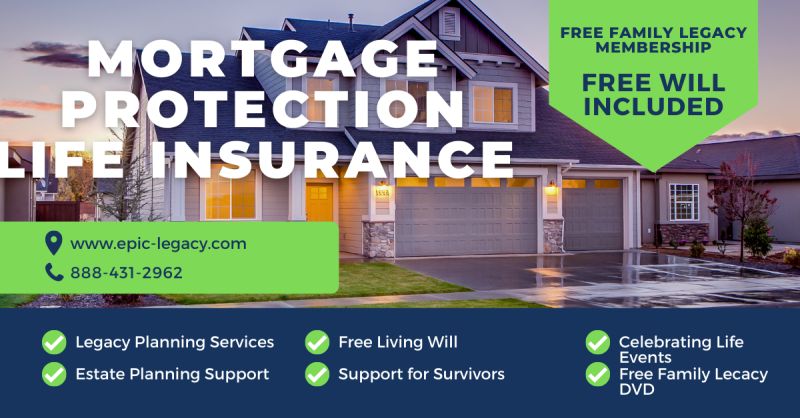
To give you a better understanding of the best real estate website designs, let’s take a look at a few industry-leading examples:
Zillow: Founded in 2006, Zillow is one of the most well-known real estate websites, offering a comprehensive search experience with advanced filters, detailed property information, and a user-friendly interface. The website’s strength lies in its vast database of listings, making it a go-to destination for homebuyers and sellers.
Realtor.com: Operated by the National Association of Realtors, Realtor.com is another industry-leading real estate website. It boasts extensive property listings, detailed neighborhood data, and a range of tools and resources to assist users throughout the home buying or selling process.
Redfin: Redfin stands out with its innovative features, such as 3D home tours, market insights, and a unique agent communication system. The website’s sleek design and focus on user experience make it a popular choice for homebuyers seeking a more personalized and tech-savvy real estate platform.
2. https://langdongtamhon.blog/the-best-real-estate-classes-online-for-aspiring-agents-in-california/
3. https://langdongtamhon.blog/the-secret-formula-to-becoming-a-best-real-estate-salesperson/
4. https://langdongtamhon.blog/unlocking-the-secrets-to-becoming-the-best-real-estate-agents/
5. https://langdongtamhon.blog/real-estate-agents-top-navigating-the-luxury-market/
Trulia: Known for its emphasis on community insights, Trulia provides users with neighborhood data, crime maps, and local amenities, making it easier for buyers to find the right fit for their lifestyle.
Homes.com: This website offers a user-friendly platform with a wide range of property listings, neighborhood information, and tools to help users make informed decisions about their real estate investments.
Frequently Asked Questions

Q: What are the most important features to consider when designing a real estate website?
A: The most important features include intuitive search functionality, high-quality images and videos, detailed property information, user-friendly navigation, and a secure and reliable platform.
Q: How can I improve the SEO of my real estate website?
A: Focus on keyword research, on-page optimization, off-page optimization, local SEO, and a Google My Business listing to improve your website’s visibility in search engine results.
Q: What are some examples of successful real estate websites?
A: Zillow, Realtor.com, Redfin, Trulia, and Homes.com are all examples of top-performing real estate websites that have set the standard for exceptional design and user experience.
Q: How can I find a reputable website design company for my real estate business?
A: Look for companies with experience in real estate website design, a strong portfolio of successful projects, and positive client testimonials to ensure you partner with a reliable team.
Conclusion
In the ever-evolving world of real estate, a well-designed website can be the key to unlocking your success as a real estate professional. By prioritizing features like intuitive search functionality, high-quality visuals, detailed property information, and user-friendly navigation, you can create an online presence that not only attracts and engages your target audience but also builds trust and credibility.
As you strive to grow your real estate business in 2024 and beyond, be sure to explore the best real estate website designs and leverage their innovative features to achieve your goals. With the right tools and resources at your fingertips, the path to your next real estate adventure has never been clearer.

